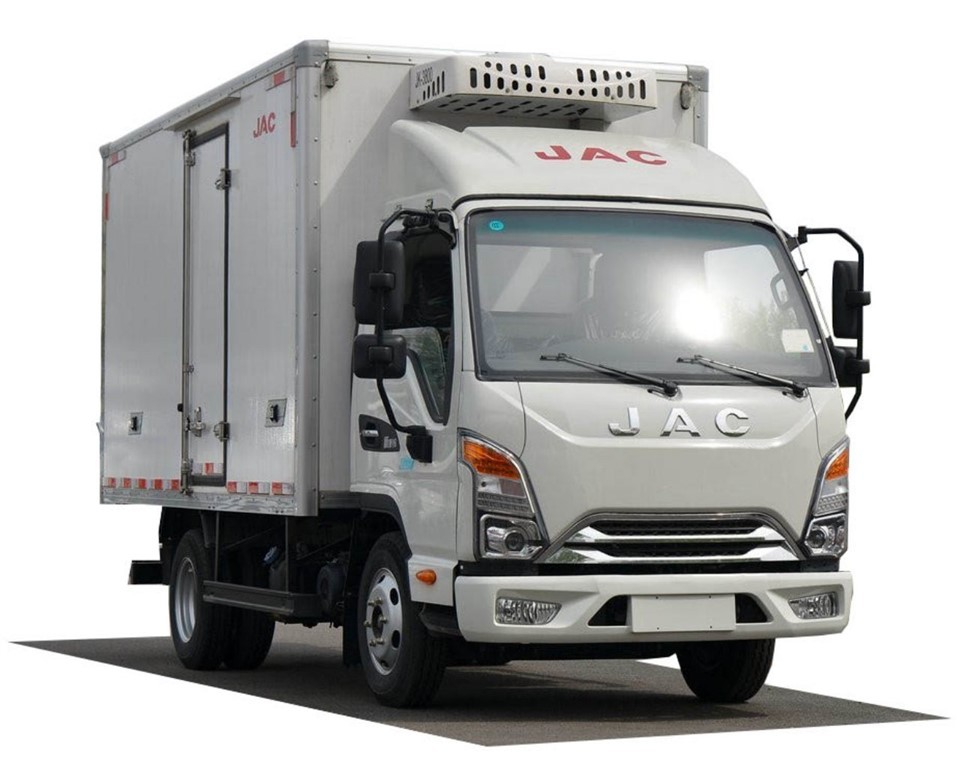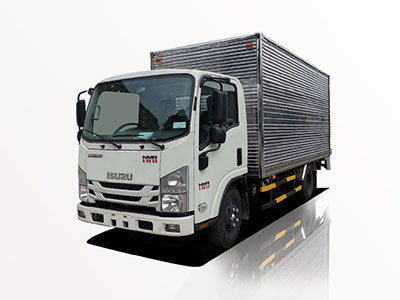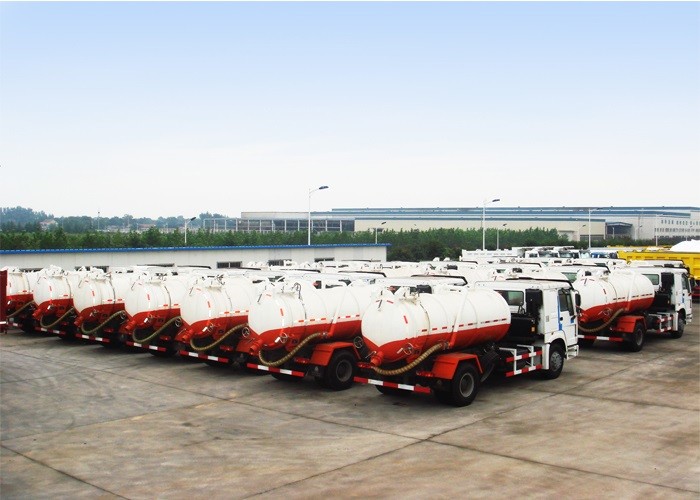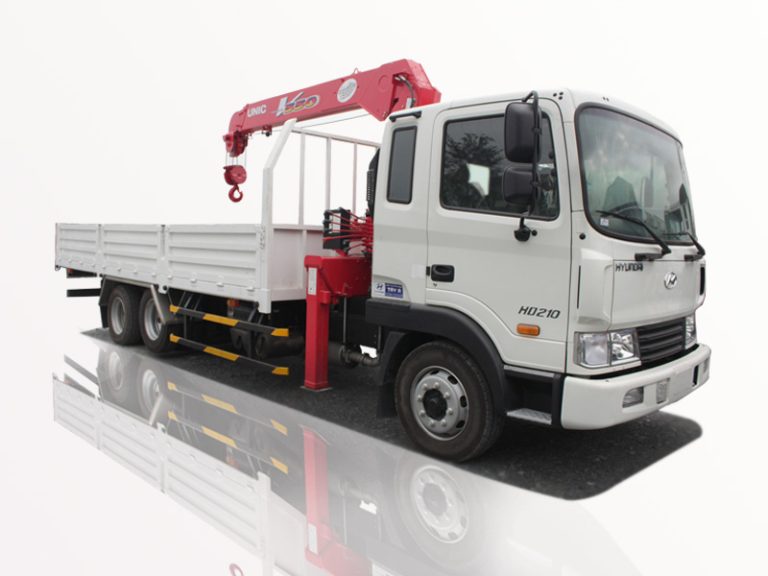The split shaft power take-off (PTO) is an essential device in various vehicles and machinery that enables the transfer of power from the engine to auxiliary equipment. While common in industries ranging from agriculture to transportation, many people may not fully understand what a split shaft PTO is or how it operates. This article will dive deep into the mechanics, applications, benefits, and maintenance of split shaft power take-offs, providing practical examples and tips along the way.
What is a Split Shaft Power Take Off?
A split shaft power take-off is a mechanism used to draw power from a vehicle’s engine and supply it to other attachments without needing to stop the engine. It essentially splits the drivetrain’s power between the vehicle’s wheels and auxiliary equipment. This system is particularly useful in commercial vehicles, agricultural machinery, and hydraulic applications.
How Does a Split Shaft Power Take Off Work?
The operation of a split shaft PTO can be broken down into a few key components:
The Components of a Split Shaft PTO
- Power Source: The engine provides the necessary power.
- Transmission: The PTO is connected to the transmission, typically through a gearbox.
- Control Mechanism: A system that allows the operator to engage and disengage the PTO when needed.
- Output Shaft: Transmits power to the auxiliary equipment.
- Coupling Mechanism: Allows connection and disconnection of various attachments.
Steps in the Operation of Split Shaft PTO
- The engine generates power, which travels through the transmission.
- The operator engages the PTO, allowing the power to split between the driving wheels and auxiliary equipment.
- The output shaft transmits power to the equipment, allowing it to function.
- When the task is complete, the operator can disengage the PTO, redirecting all power back to the vehicle’s wheels.
Applications of Split Shaft Power Take Off
Split shaft PTOs are highly versatile and find applications in various industries. Here are some of the most common:
Agriculture
In agriculture, split shaft PTOs are frequently used to power equipment such as:
- Seeders and planters
- Sprayers
- Generators
- Tillers and plows
Construction
In the construction industry, PTOs can power heavy machinery like:
- Cranes
- Hydraulic excavators
- Concrete mixers
Transportation
Many vehicles designed for transport also use split shaft PTOs for:
- Trash compactors
- Snowplows
- Ambulance equipment
Benefits of Using a Split Shaft PTO
The use of a split shaft PTO comes with several benefits that enhance operational efficiency and productivity:
Increased Efficiency
With a split shaft PTO, operators can run multiple attachments simultaneously. This reduces downtime and improves overall system efficiency.
Cost Savings
By allowing a single vehicle to perform multiple functions, businesses can save on equipment costs. One truck with a PTO can replace the need for multiple vehicles.
Versatility
Split shaft PTOs can power a wide variety of equipment, making them suitable for diverse applications. This adaptability is advantageous in dynamic working environments.
Installation of Split Shaft Power Take Off
Installing a split shaft PTO requires careful consideration of compatibility, securing proper alignment, and following manufacturer guidelines. Here’s a simplified overview of the installation process:
Steps for Installation
- Choose the right PTO for your equipment’s specifications.
- Securely mount the PTO onto the transmission.
- Attach the output shaft to your auxiliary equipment.
- Check all connections and ensure proper alignment.
- Test the system by engaging the PTO and observing operation.
Maintenance of Split Shaft Power Take Off
Like any mechanical system, a split shaft PTO requires regular maintenance to ensure optimal performance. Consider the following maintenance tips:
Regular Inspections
Conduct routine inspections to check for wear and tear. Look for signs of leaks, unusual noises, or loose fittings.
Lubrication
Ensure that all moving parts are adequately lubricated according to the manufacturer’s recommendations. This aids in preventing friction and prolonging the life of the PTO.
Replace Worn Components
If any parts are showing signs of excessive wear or damage, replace them immediately to prevent further issues.
Common Issues and Troubleshooting
Despite regular maintenance, issues may arise. Below are some common problems and their potential solutions:
Problem: PTO Will Not Engage
Possible Causes:
- Faulty control mechanism
- Low hydraulic fluid levels
- Broken linkages
Solution: Check the control mechanisms and ensure that hydraulic fluid levels are adequate.
Problem: Unusual Noises or Vibration
Possible Causes:
- PTO misalignment
- Worn bearings
Solution: Inspect alignment and replace any worn components.
Tips for Optimal PTO Performance
To ensure that your split shaft PTO operates at peak performance, consider the following tips:
- Always follow manufacturer guidelines for installation and maintenance.
- Keep the PTO and auxiliary equipment clean to avoid debris interference.
- Train operators specifically on the use of PTO systems to prevent misuse.
- Use quality attachments designed for the PTO to prevent damage.
Cost Considerations for Split Shaft PTOs
Investing in a split shaft PTO involves initial costs as well as ongoing operational expenses. Below is a breakdown of potential costs:
Initial Investment
| Item | Estimated Cost |
|---|---|
| PTO Unit | $1,500 – $5,000 |
| Installation Fees | $200 – $1,000 |
Ongoing Costs
- Maintenance: $100 – $500 annually
- Replacement Parts: Varies based on component failure
Conclusion
The split shaft power take-off represents a pivotal advancement in machinery powering solutions. Its ability to enhance efficiency and reduce operational costs is invaluable across diverse sectors. By understanding how a split shaft PTO operates, its benefits, and how to maintain it, operators can maximize productivity and extend the life of their equipment.
Frequently Asked Questions
1. What is the difference between a split shaft PTO and a direct PTO?
A split shaft PTO allows for power distribution between the vehicle’s drivetrain and auxiliary equipment concurrently, while a direct PTO supplies power solely to the equipment, which may require the vehicle to be stationary.
2. Can I install a split shaft PTO on any vehicle?
No, installation depends on vehicle compatibility. Ensure that the vehicle’s transmission is designed to accommodate a split shaft PTO.
3. How do I know if my split shaft PTO needs maintenance?
Look for warning signs such as abnormal noises, hesitation to engage, leaks, or vibration. Regular inspections will also help identify potential issues early.
4. Is a split shaft PTO suitable for heavy-duty applications?
Yes, split shaft PTOs are commonly used in heavy-duty applications, including construction and heavy industrial uses, as they are designed to handle substantial power loads.
5. What types of attachments can I use with a split shaft PTO?
Attachments can include hydraulic pumps, generators, mowers, water tanks, and various implements used in agricultural and construction settings.
6. Can I operate multiple attachments with one split shaft PTO?
Yes, one of the primary advantages of a split shaft PTO is its ability to power multiple attachments simultaneously, enhancing productivity.



